MYPAGE / ENTRY
- New Graduate RecruitmentClick here for FY2023 Graduate Recruitment mypage.
- InternshipClick here for internship pre-entry.
- Doctoral Graduate RecruitmentApplications for FY2024 Doctoral Graduate Recruitment are now open.
INTERVIEW
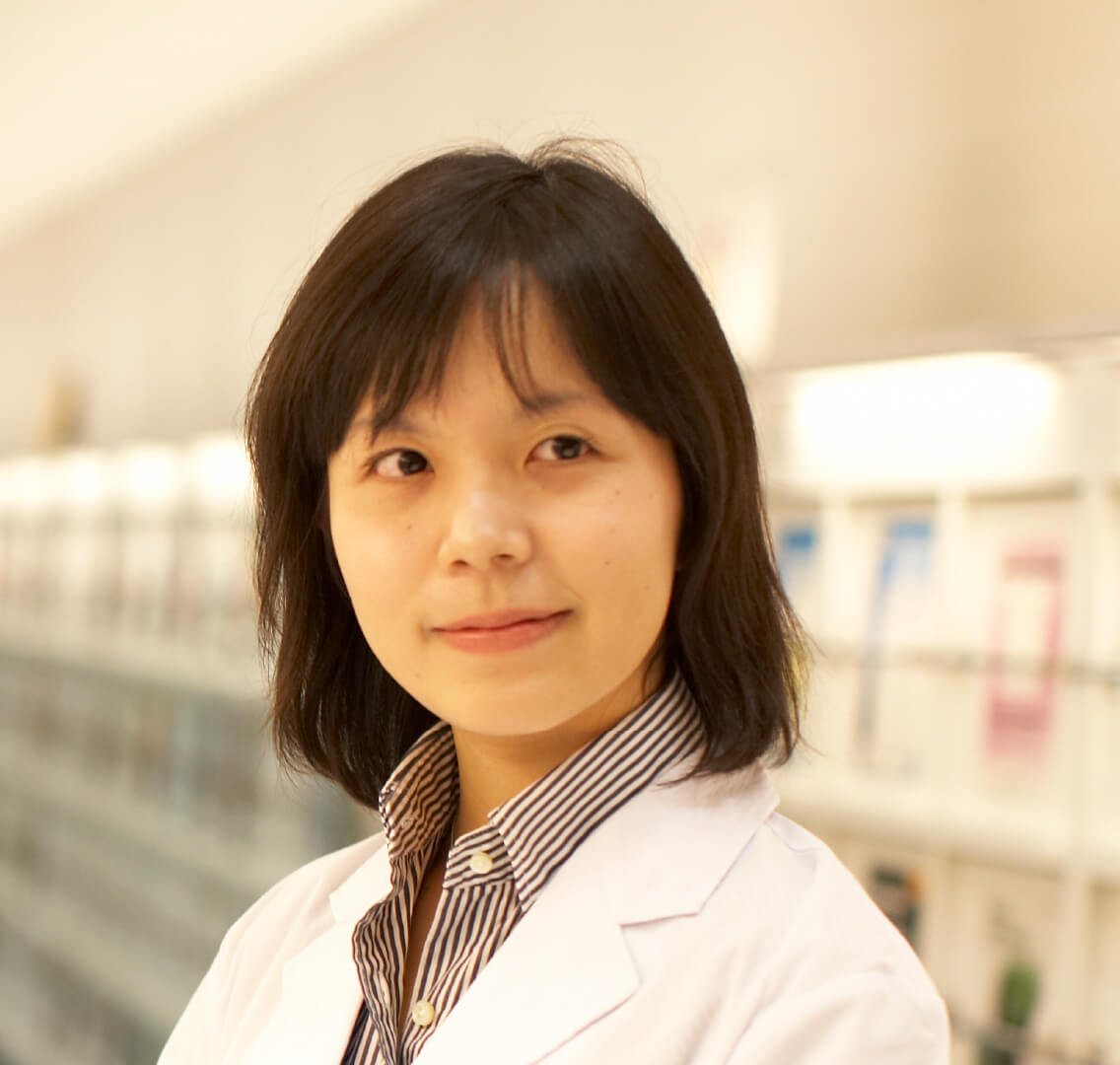
Someone who looks meek and mild but who is fierce about exploring the mechanisms of drug efficacy.
Misato Hashizume
Medical Affairs Div. Product Research Dept.
Since 2007
Ambition to do post-marketing drug development research.
Misato Hashizume has aspired to engage in post-marketing drug development research since she was a university student. ‘Back when I was looking for a job, only a few companies were actively pursuing post-marketing drug development in a major way. I became interested in this field because I had a close-up view of how drugs were used in clinical settings during my hospital practicums as a student and while working in a pharmacy. At university, I engaged in research into the efficacy of drugs. I became interested in several questions, such as why the efficacy of drugs varies from person to person and why adverse reactions occur when certain drugs are taken in combination.’ The post-marketing drug development research that Hashizume is in charge of is still a new field in the work of pharmaceutical companies. Unlike drug discovery research to create the seeds for new drugs, the mission of post-marketing development is to collect information on drugs after marketing and to develop them to make them safer and more effective for patients.
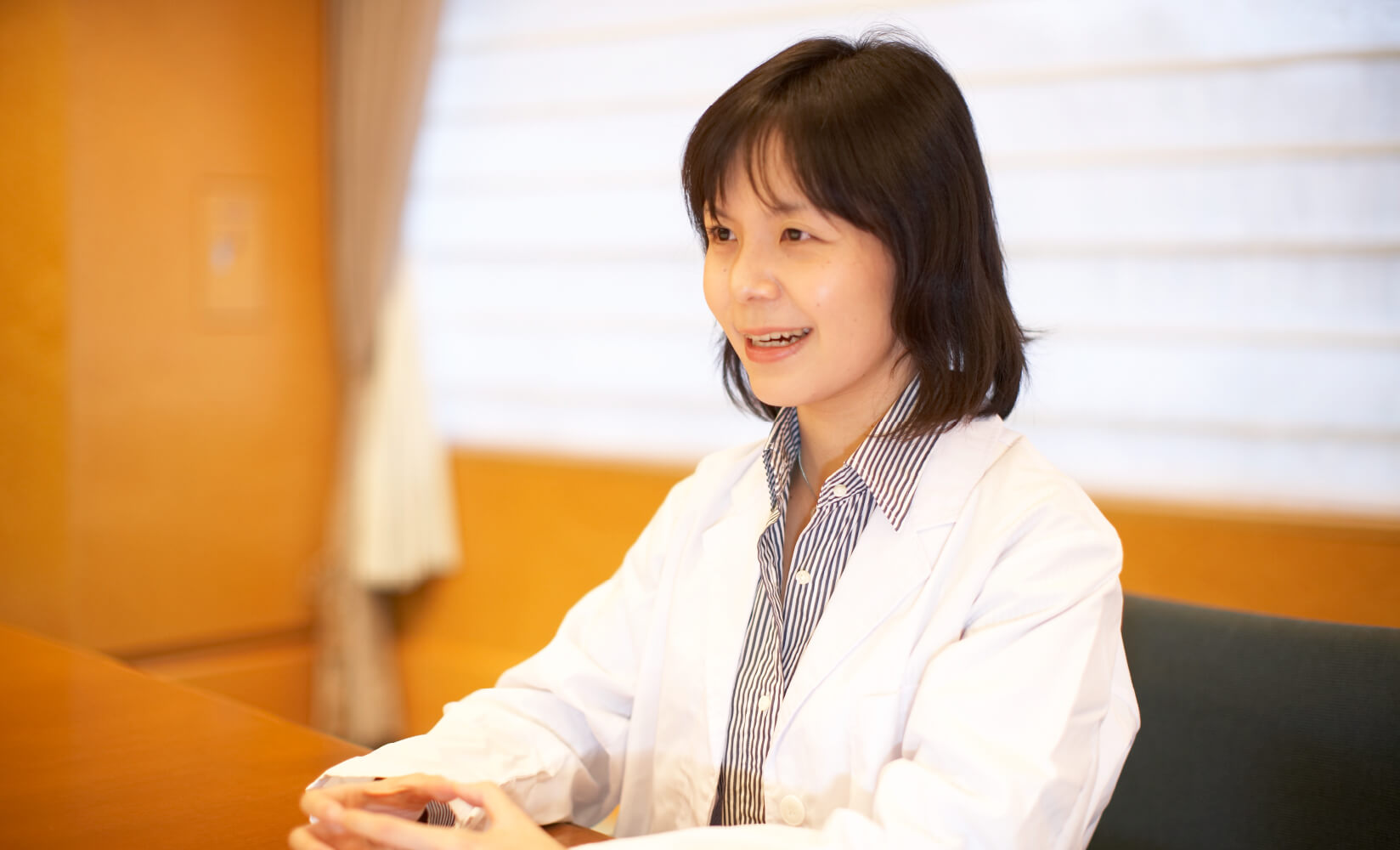
Hashizume spends her days researching the two drugs she is currently in charge of. ‘The drugs I am working on are ACTEMRA (tocilizumab) and SUVENYL (hyaluronic acid). The interesting part of my job is figuring out diseases whose causes cannot be identified from the perspective of pharmaceuticals. This may get a little technical, but, for example, ACTEMRA, a therapeutic agent for rheumatoid arthritis, was originally approved for Castleman disease, a disease involving a substance called IL-6. After that, as the drug was also observed to be effective for rheumatoid arthritis, which is an intractable disease of unknown causes, it was thought that IL-6 could also be largely implicated in that disease as well. In other words, one of the causes of the disease was found thanks to the efficacy of the drug. I am currently proceeding with research into IL-6, and it is very rewarding to be there at the moment when we take the first step toward the clarification of a disease. Every day is exciting!’
Bringing medical settings into view.
Through post-marketing development research of pharmaceuticals, Hashizume sometimes draws extremely close to the mechanism of disease itself. Post-marketing drug development research does not, however, involve simple research work alone. There are scenarios that often require a viewpoint closer to the situation on the ground in medical settings. ‘Explaining the efficacy of drugs to the people on the ground in healthcare in ways that are easy to understand is an important part of my job too. For example, even with experimental data of the same cells, if we were to try to communicate that data with graphs alone, it would be difficult to understand at a glance. In such cases, I use photographs so that you can see how the cell moves visually and understand the effect instantly. Our work is close to sales, and we can receive direct responses, which makes us happy.’
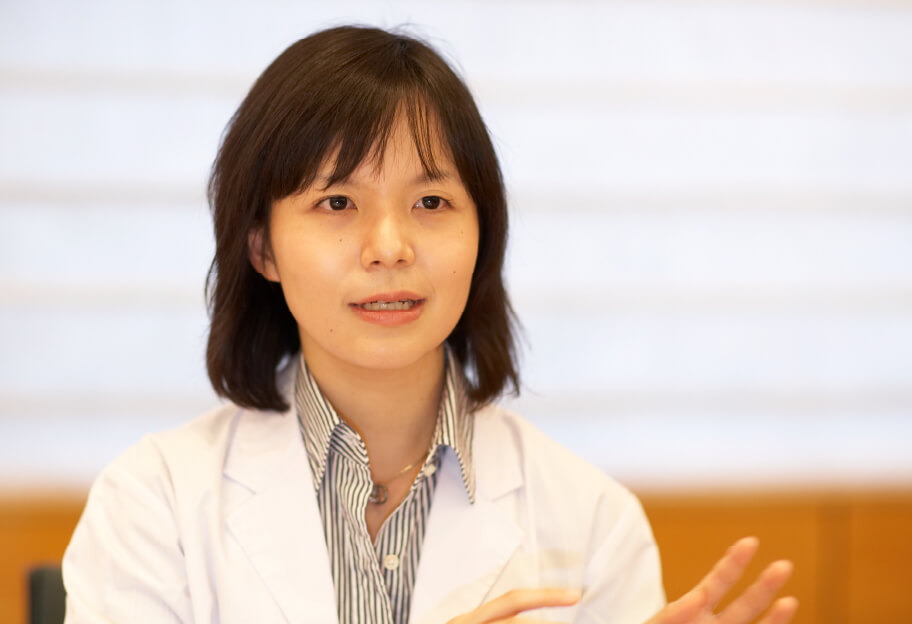
SUVENYL is a drug for the treatment of osteoarthritis. Investigating the efficacy of this drug is another of Hashizume’s duties. ‘Until recently, it was believed that SUVENYL worked as a lubricant on the joints. However, I wondered whether that was its only function and whether it might have some other effects. I proceeded to research it and was able to obtain data that proved that it did. Even others in the company were surprised and interested in my findings. Figuring out this kind of mechanism inspires us to create the next drugs. Fostering drugs is very diverse and rewarding work. I am also proceeding with research into the efficacy of ACTEMRA for rheumatoid arthritis as well, but there are still many things that are unclear. I am looking forward to seeing what kind of research will be generated next from post-marketing drug development.’
A garden of researchers.
‘I love the environment of Fuji Gotemba Research Laboratories,’ laughs Hashizume. ‘There is an abundance of nature here and our office is comfortable. You could describe it as a place where researchers can live freely (laughs). There is plenty of space around our desks, and people can be found discussing their research here, there, and everywhere. “I obtained this data today...” It feels like a group of people who love research. When we get stuck, we exchange ideas across departments. Such an environment is the very reason why many drugs with new approaches have come out of Chugai Pharmaceutical.’ Researchers with diverse specialties gather here, stimulating each other as they pursue their research. This is a garden of researchers.
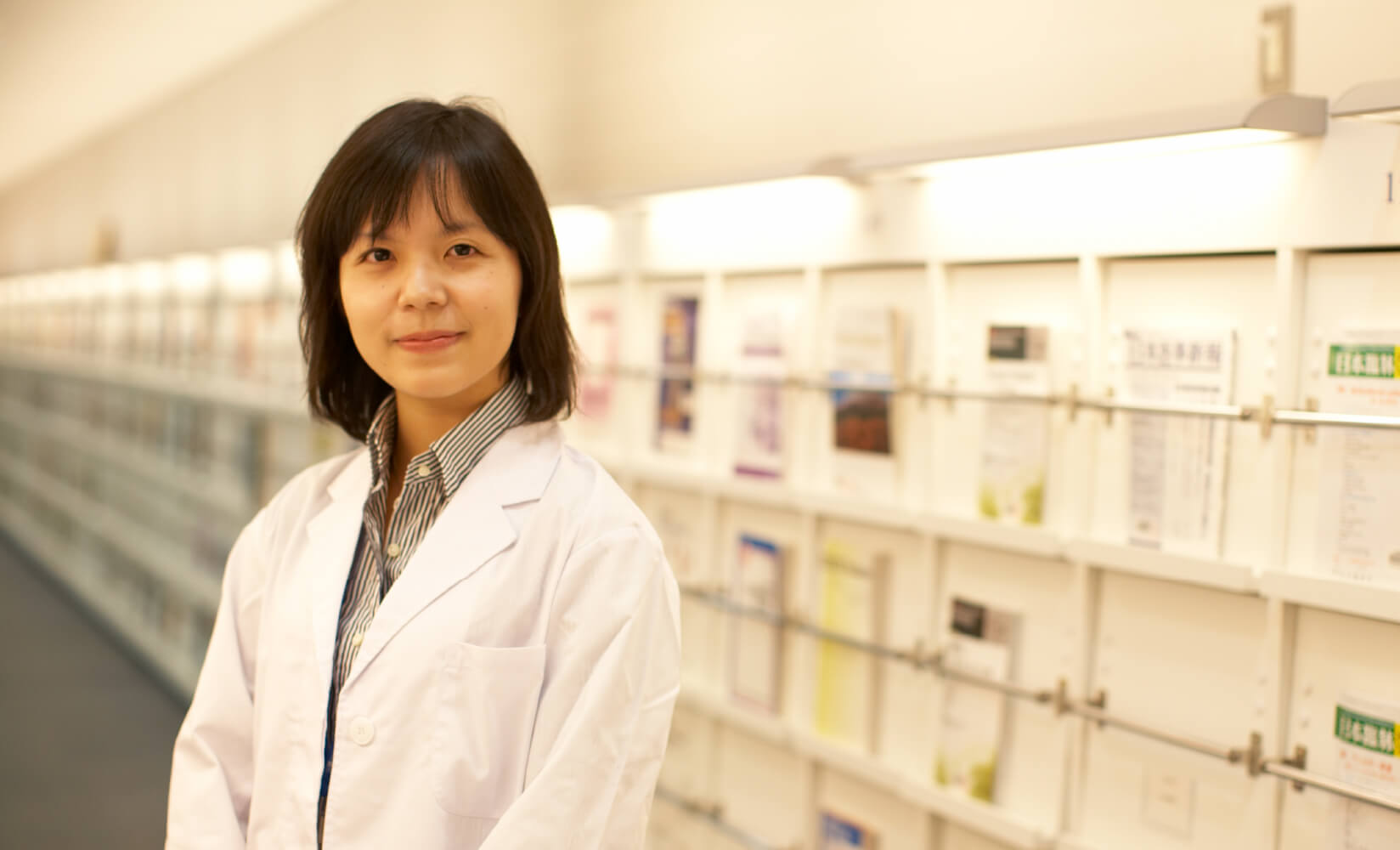
‘Have I ever failed? Not really...or, at least, I don’t remember,’ Hashizume laughs. According to her colleagues at the Laboratories, Hashizume’s reputation is that ‘she might look meek and mild, but in reality...’ ‘I may seem airy-fairy at a glance, but I have quite a clear vision, and the gap between the two may surprise others.’ Hashizume says that she is really enjoying her work at the moment. ‘We are considering research in which we will ask for patients’ cooperation in an effort to shed more light on rheumatoid arthritis. I engage in my research every day with a sense of excitement and anticipation, looking forward to seeing something new as soon as possible.’
*The contents of this article, and the divisions that the people featured in this article belonged to and the names of those divisions are current as of the time of the interview.
Other employees in research positions
-
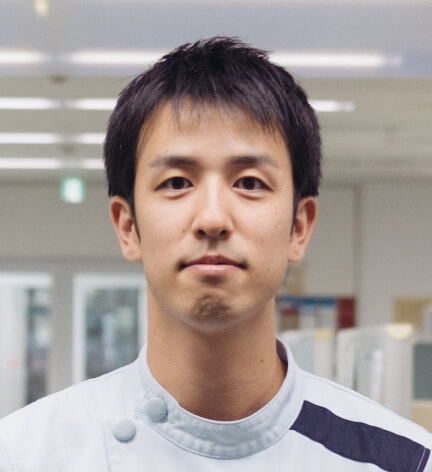
Kazuki Yamaguchi
Research Div.
Discovery Pharmacology Dept.
Since 2014 -
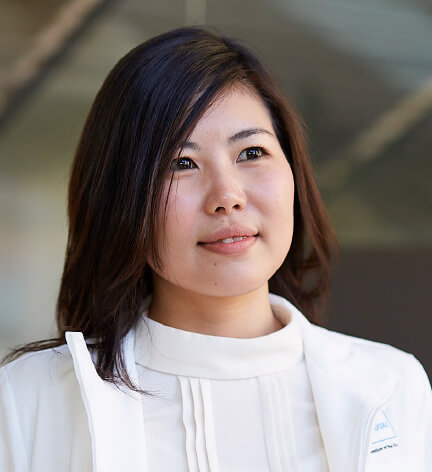
Cheauyuaan Tan
Research Div.
Discovery Biologics Dept.
Since 2015 -
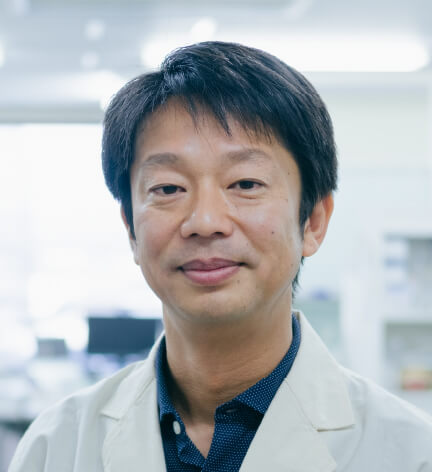
Kazutomo Kinoshita
Research Div.
Discovery Chemistry Dept.
Since 1996 -
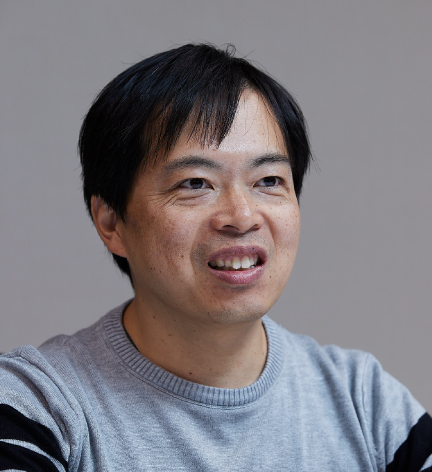
Reiji Teramoto
Research Div.
Discovery Technology Dept.
Since 2010 -
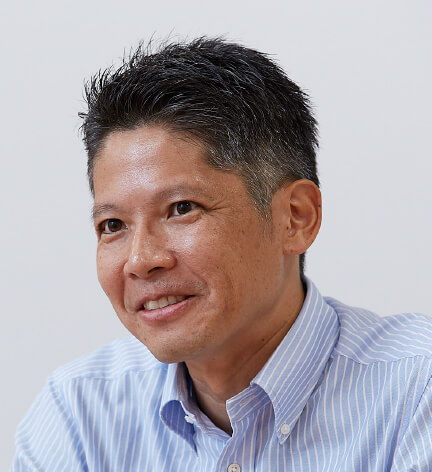
Yuichiro Shimizu
Chugai Pharmabody
Research Pte. Ltd.
Since 2010 -
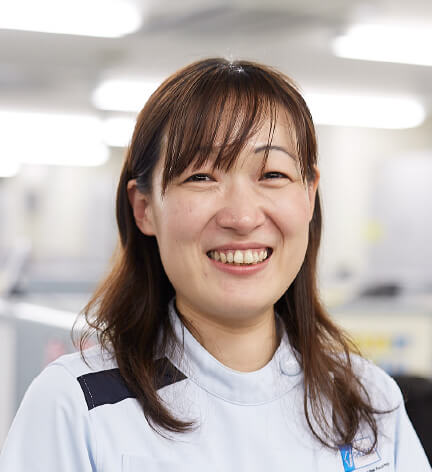
Junko Taketo
Research Div.
Safety Assessment Dept.
Since 2006 -
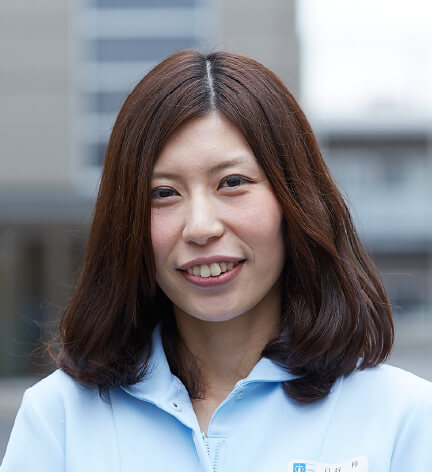
Azusa Toya
Pharmaceutical Technology Div.
API Process Development Dept.
Since 2013 -
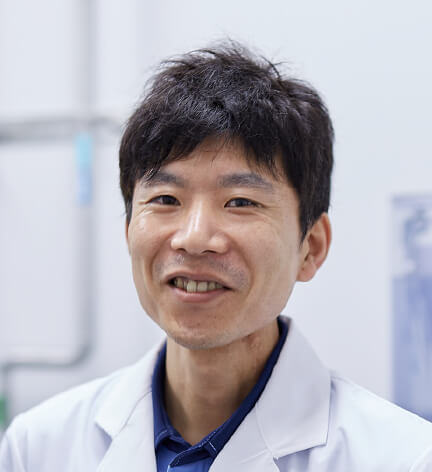
Yuuki Kojima
Pharmaceutical Technology Div.
Production Engineering Dept.
Since 2006
